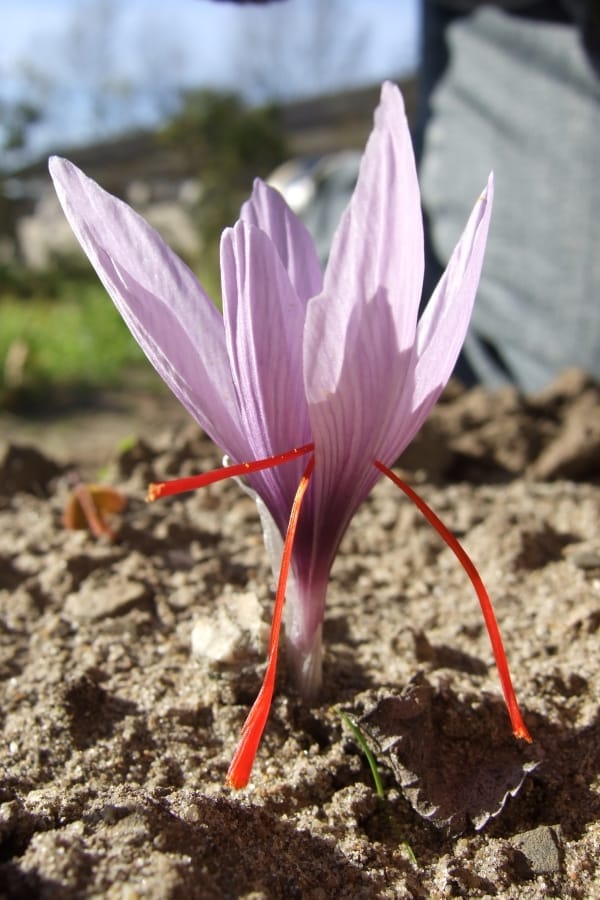Reducing the export of Iranian saffron by collecting duties
The head of the Khorasan Razavi Saffron Exporters Union said: Taking 5% saffron duties was against customer orientation.
Referring to the elimination of five percent tariffs on saffron for packages over 30 grams, Miri said: Five years ago, when these tariffs were imposed on saffron, three to 12 percent of these tariffs were supposed to be spent on export awards, but no support or assistance from Exporters were not paid the five percent duty.
He said that the collection of 5% tolls was an unprofessional decision, adding: We have been pursuing the abolition of these tolls for the past five years, and at the end of the tenth government, we complained to the Supreme Court and finally the Administrative Justice Court voted to cancel this decree.
Referring to the unfavorable consequences of collecting duties on five percent of saffron exports in previous years, Miri clarified: Before the adoption of this decree, saffron exports were legally 221 tons, but then in 91 and 92 this amount was reduced to 150 tons. Kurd, because this decree placed restrictions on Iranian saffron customers, and this was completely contrary to customer orientation.
The head of the Khorasan Razavi Saffron Exporters’ Union said: Currently, 221 tons of saffron are probably exported from the province, but due to some restrictions in recent years, part of this amount is exported illegally and smuggled.
Currently, many countries have started to produce saffron, and if barriers re-emerge in the future and the necessary support for saffron is not provided, we will offer the market to producers who we had introduced to the saffron market, Miri said.
Regarding the situation of the saffron market after removing the 5% tariffs, he said: Building trust among customers will be time consuming, but if we can re-establish this trust and attract countries to Iran’s saffron, in the long run we can improve the saffron market. Forgive.







Get Social